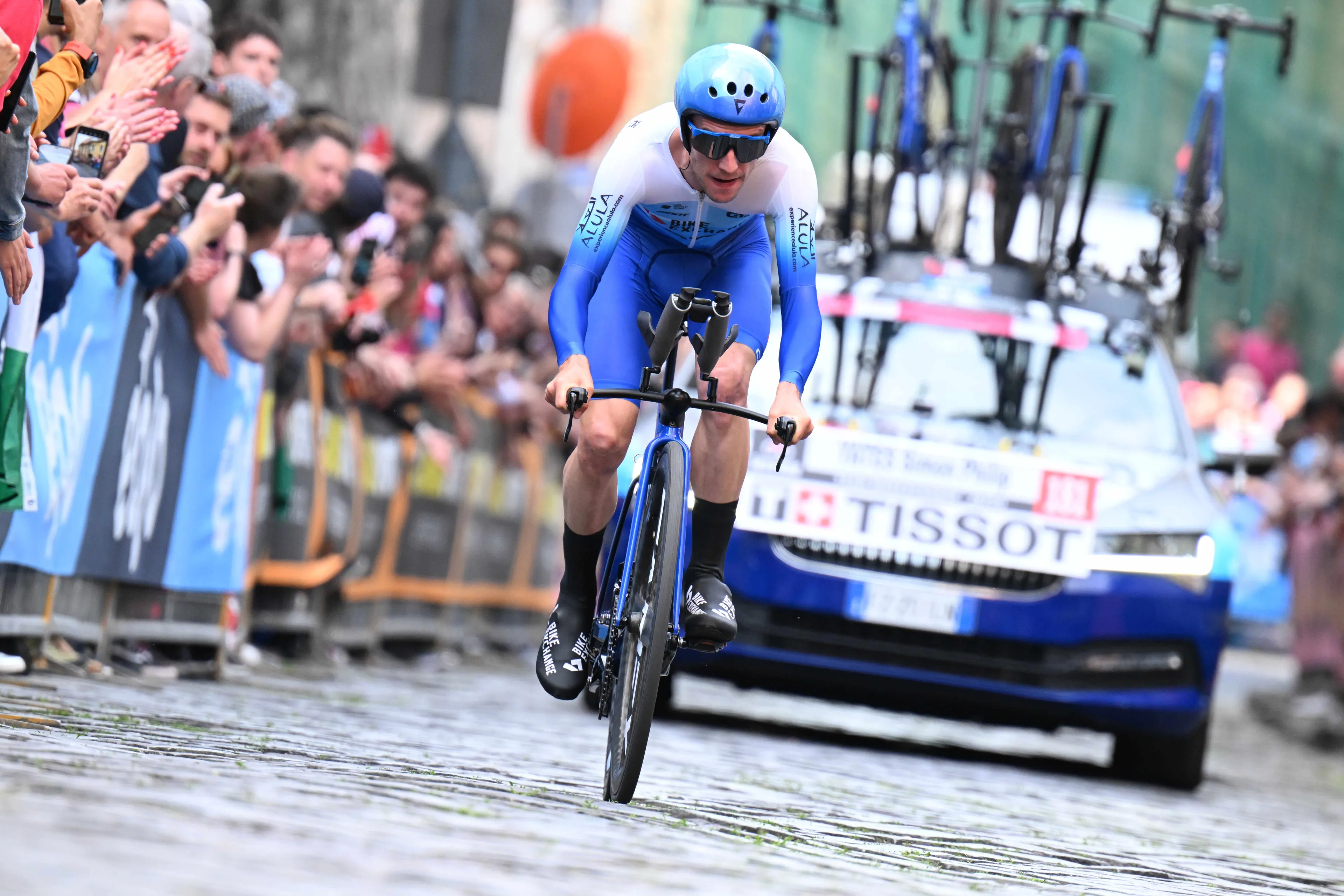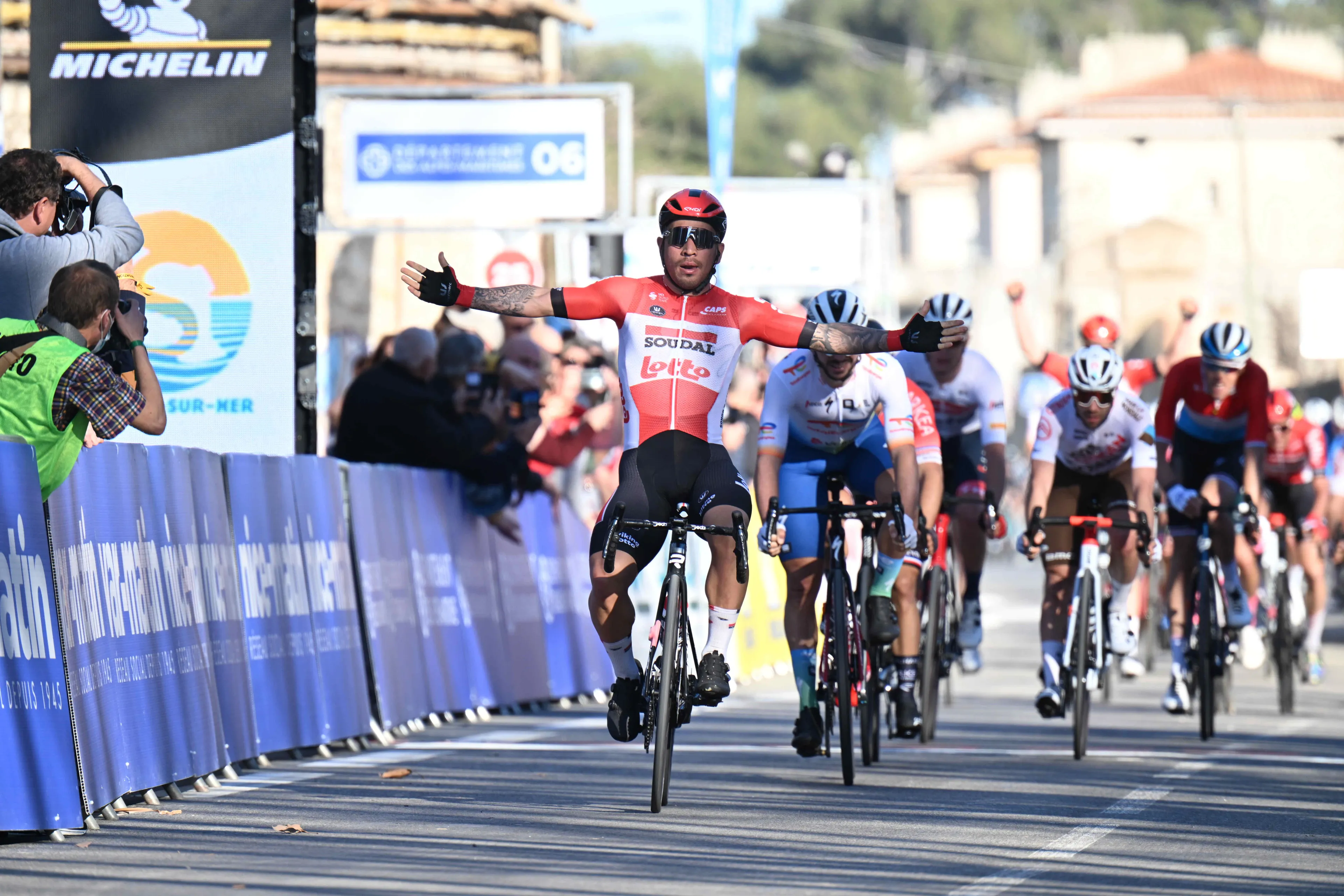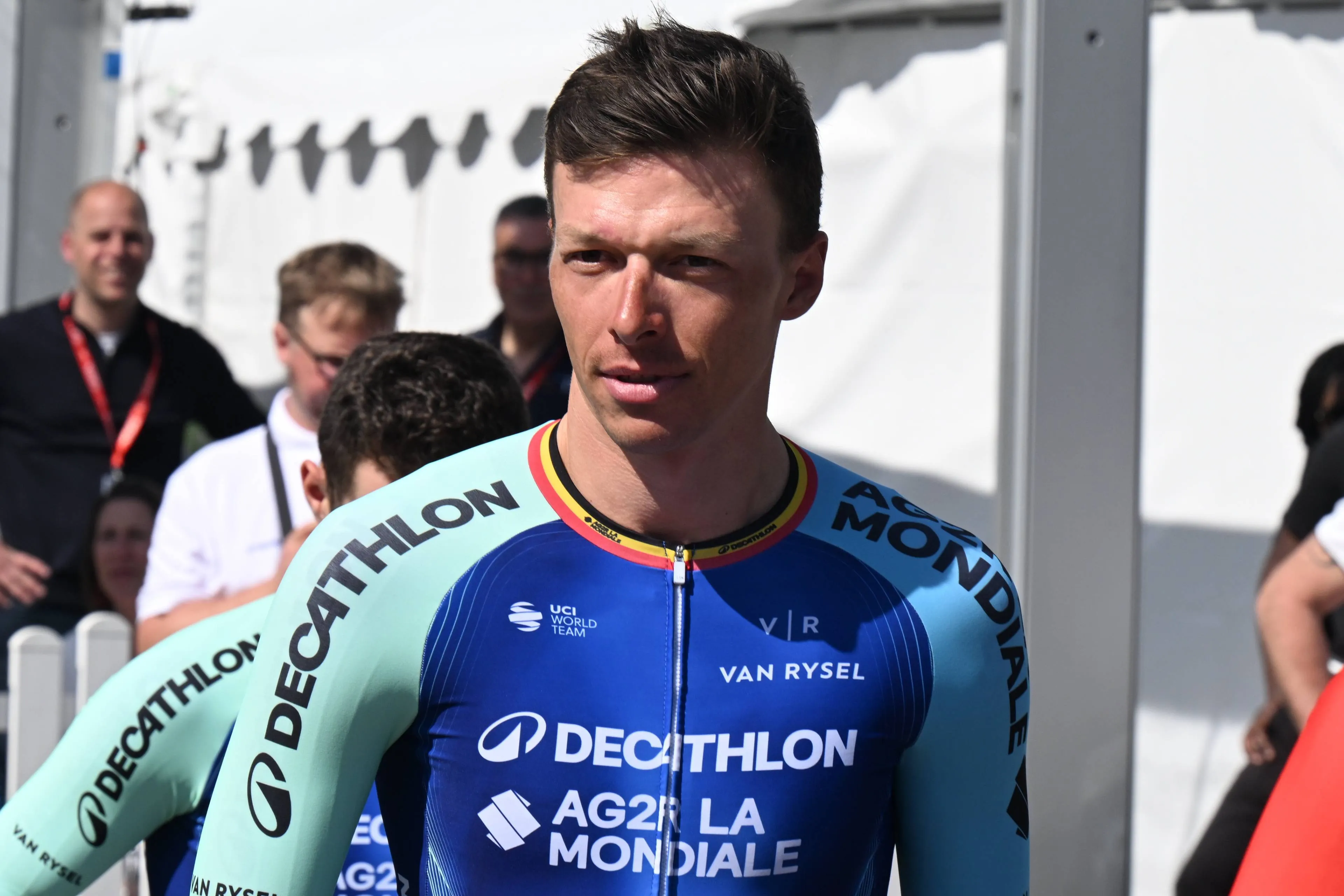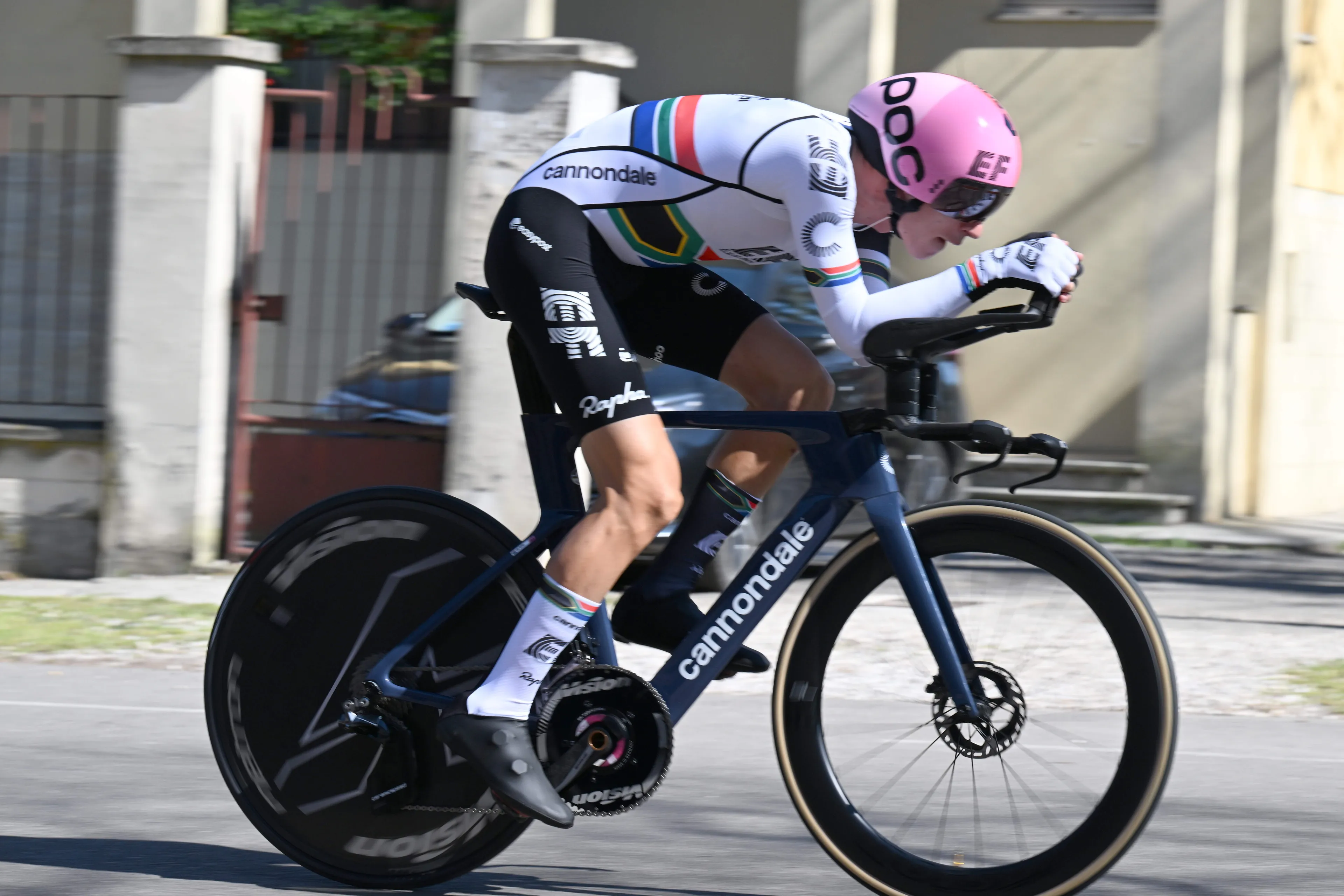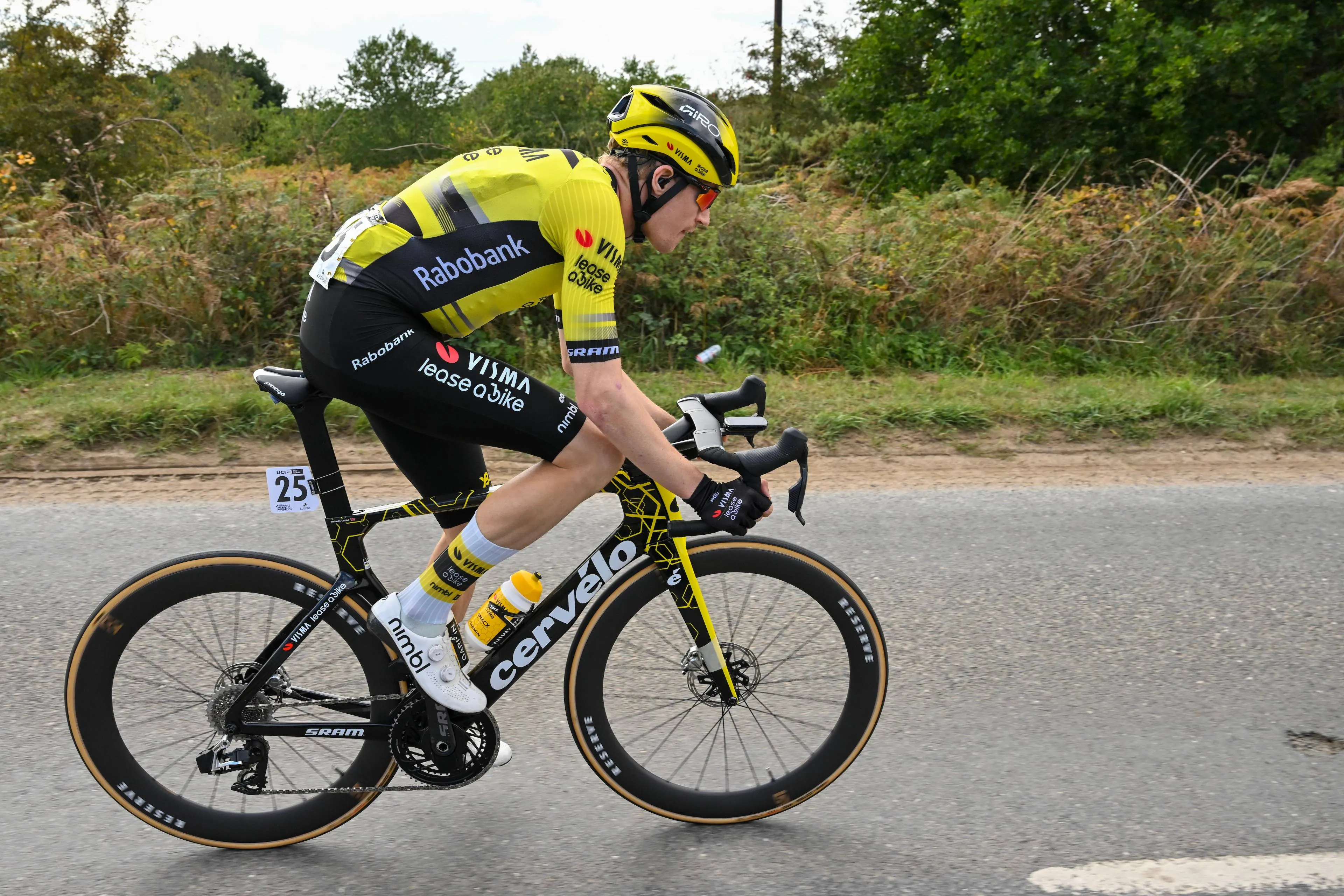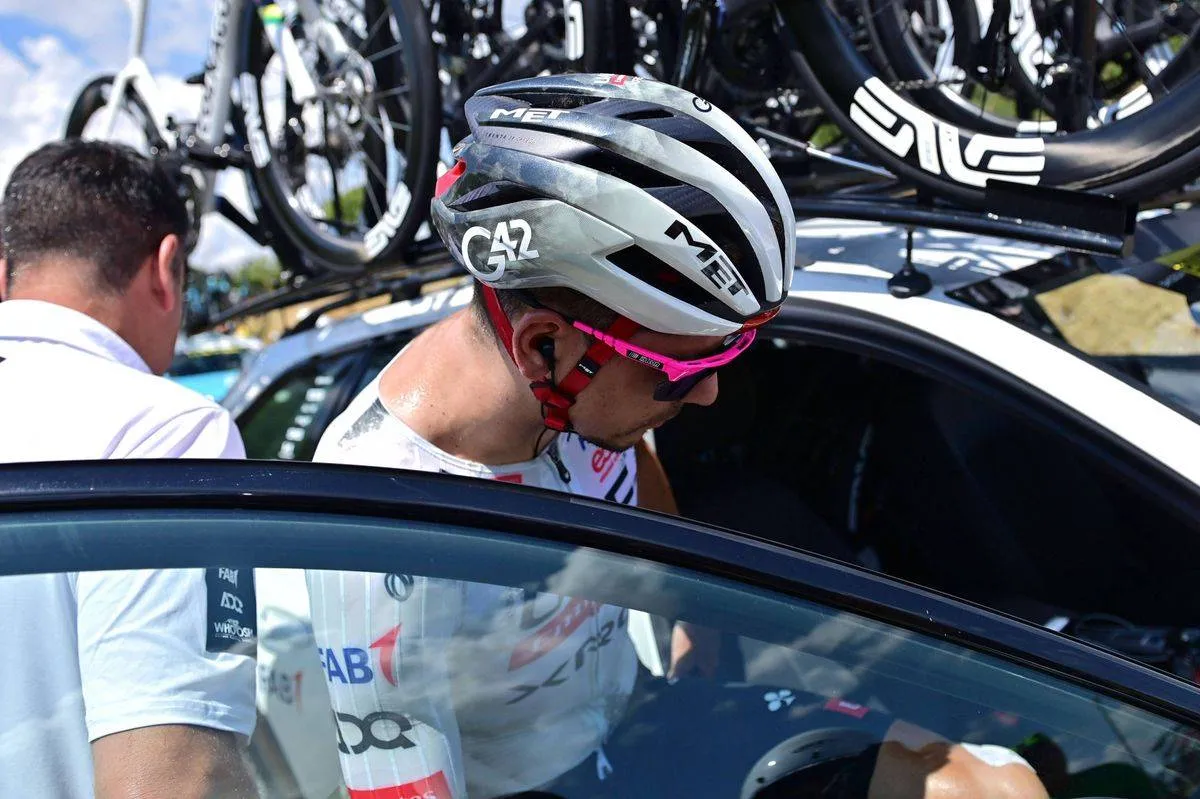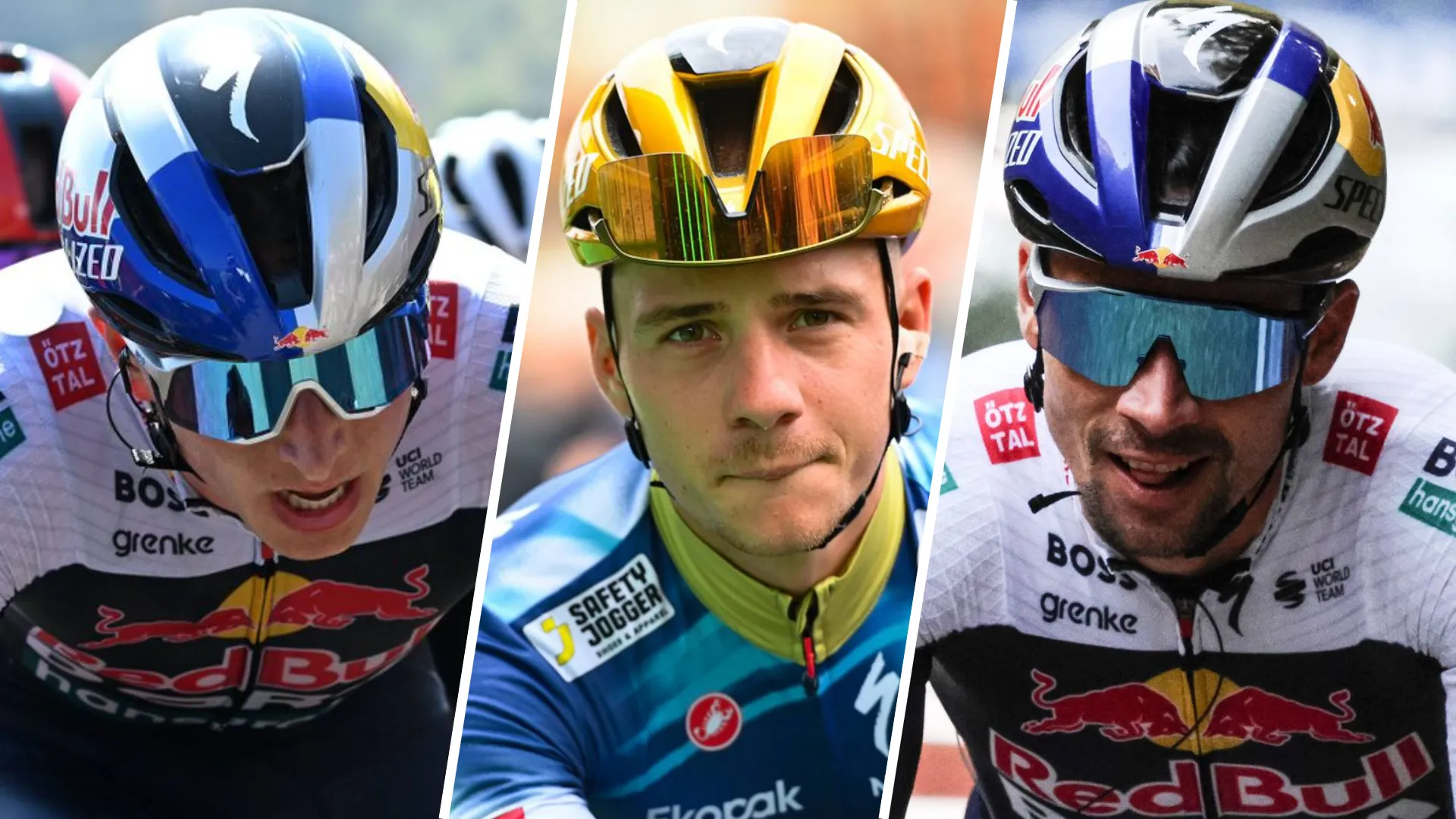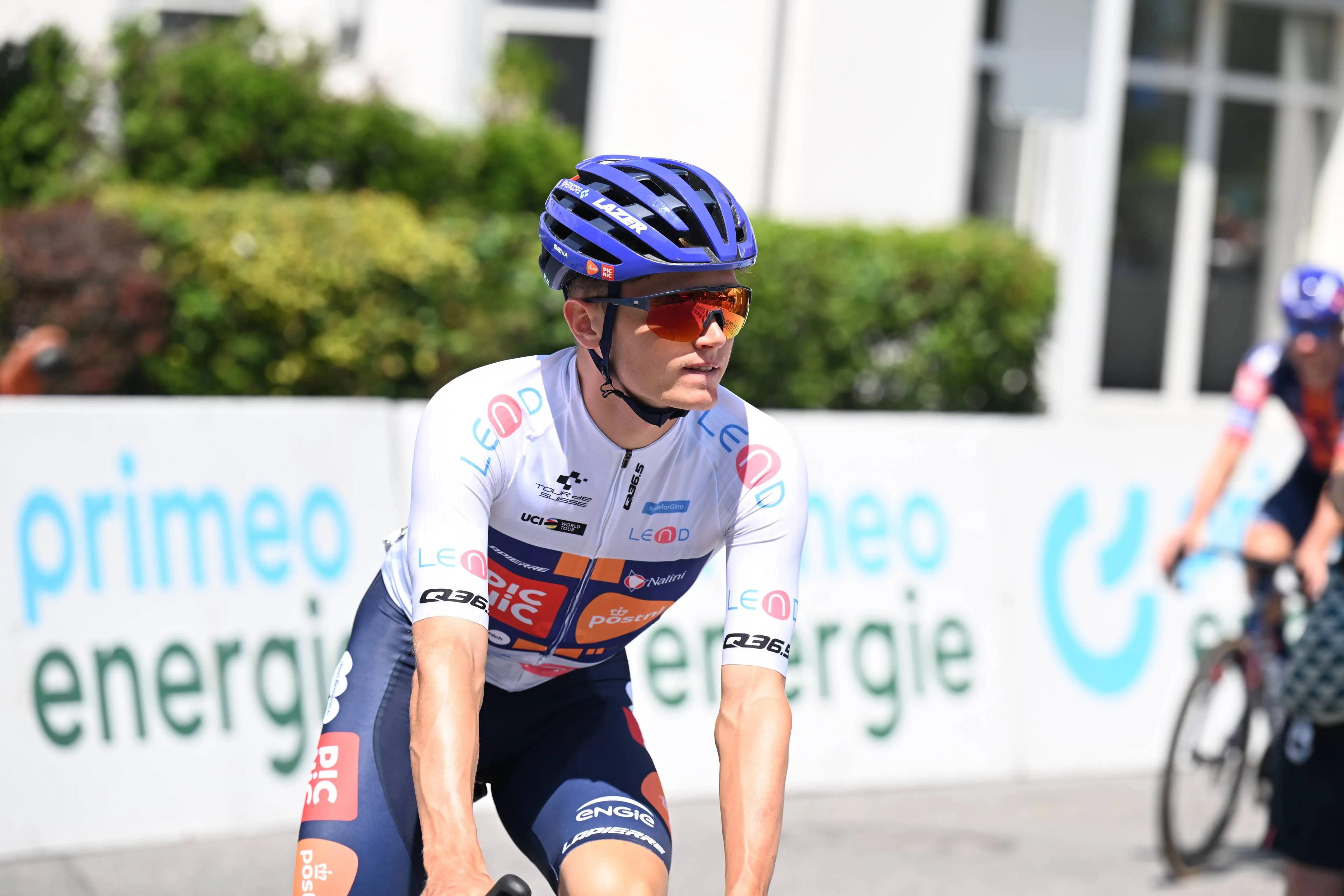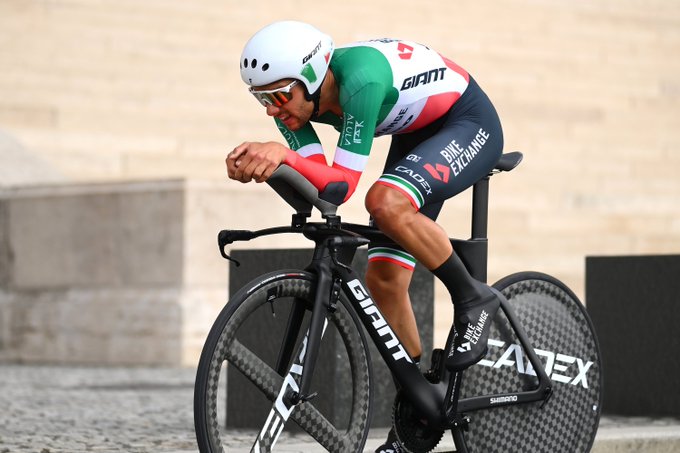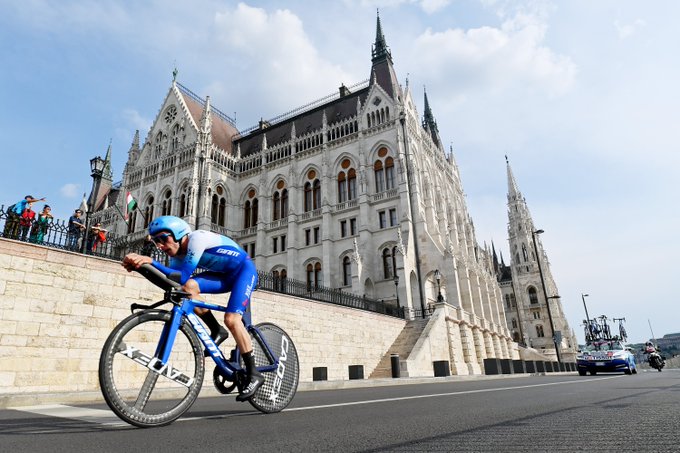High-end skinsuit a reason behind Simon Yates' astronomical time-trialing prowess
CyclingSunday, 08 May 2022 at 08:30

Simon Yates has flew to the win on the second stage of the Giro d'Italia, putting in three seconds on Mathieu van der Poel but as much as over 40 seconds to the likes of Miguel Ángel López, Giulio Ciccone and Emanuel Buchmann. Significant gains in a 9.2-kilometer long time-trial, specially for a rider who has never been classified as a time-trialist. So, what's behind Yates' success?
Firstly, as the Briton pointed out, this was a 12-minute effort to the victory. Last week at the Vuelta a Asturias he captured two stage wins, after making the decisive effort over climbs of similar duration, setting him up perfectly for the task at hand. In March, he finished fifth on the Paris-Nice time-trial which had similar duration and explosiveness, only behind the Jumbo-Visma trio (Roglic, van Aert and Dennis) and Stefan Küng - which had revealed the Briton was riding exceptionally well against the clock this year. However, his equipment is said to also have played a crucial role.

Yates rode a Giant Trinity Advanced Pro to his second career ITT win
Read also
As cycling evolves, aerodynamics have become a subject of increasing importance. Yates is no stranger to riding skinsuits during even the toughest mountain stages, however in the time-trials he has worn - according to Cyclingnews' report - a costumized Vorteq skinsuit (branded as Ale, the team's official clothing sponsor).
It is reported that his custom skinsuit is the brand's most expensive item and of an extremely high price even for the top of the World Tour range, at £2,750. What is sure is that Team BikeExchange - Jayco and Yates have worked on a time-trial setup that has become quite successful, and can be a key part of his ambitions to win the Giro d'Italia.
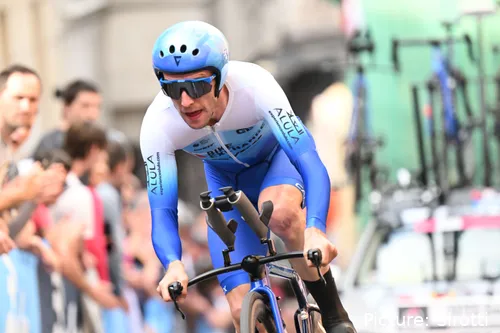
The Briton rode a £2,750 skinsuit in pursuit of every single second at yesterday's time-trial
Read also
claps 0visitors 0
Just in
Popular news
Latest comments
- Weirdo. You think Roglic has a shot at another one and Remco will never win one again? Look at Remco's palmares now and Froome's at the same age.Veganpotter12-12-2025
- Hopefully Remco means it when he says about dual leadership "it’s the best way for us to do well".Ride197412-12-2025
- Apparently people forget about Hincapie's last foray into running a team. It was co-sponsored by Ken Griffin of Citadel, probably the richest hedge fund manager in the world. And the Hincapies (Rich and George) managed to screw that up.
 ScottG12-12-2025
ScottG12-12-2025 - Won three of the big one week tours in a row this year. Pretty impressive. I don't think he had much of a chance against Jonas in the Vuelta, but would have been nice to see him getting better support from the team.mobk11-12-2025
- I don't think he's quite over the hill at 25 years oldmobk11-12-2025
- These Belgian Commentators are really something. First Jonas should participate in Spring classics. He is a coward if he does not do so. Now it is Remco should save himself for the TDF becoz Jonas is doing so.abstractengineer11-12-2025
- 😂😂😂
 maria2024202411-12-2025
maria2024202411-12-2025 - He has the physical side of it, but he needs the mental as well, I think that is where he's lacking, he's still developing and I figure he'll have a breakout year within the next two or he never will. The mental side of cycling is intense.awp11-12-2025
- Remco will never win a grand tour again! I hope and wish him that Rogla will manage to win the Vuelta.MajorPayne11-12-2025
- Of course, he had to pay extra. His perpetually protruding hair betrays the stiffness of his hair. It probably blunted the barber's scissors in no time, so he had to pay extra to compensate.
 KerisVroom11-12-2025
KerisVroom11-12-2025
Loading
📸 PHOTOS 📸 A 𝒔𝒑𝒆𝒄𝒊𝒂𝒍 day for the team 💕 Take a look at the best pictures from stage 2 of the #Giro as @SimonYatess powered to victory! Album 🔗 bit.ly/BEX22_Giro2
Write a comment
